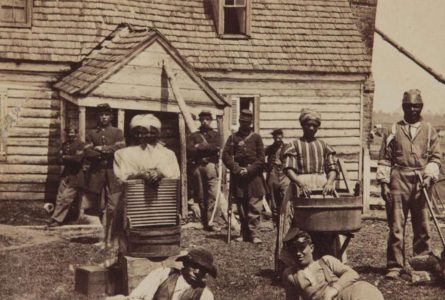10 Widely Accepted Falsehoods in American History
The Pilgrims Were Seeking Religious Freedom
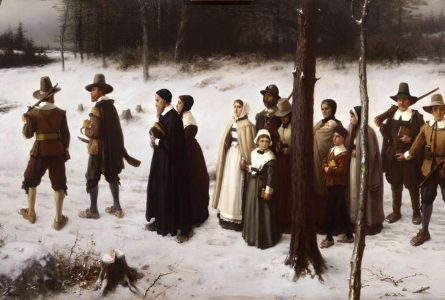
Freedom had its limits back then. The Pilgrims, who arrived in 1620, sought to create a strict Puritan society, not champion general religious freedom. Ironically, they excluded other faiths in their communities. Religious tolerance only expanded decades later under figures like Roger Williams in Rhode Island.
The Declaration of Independence Ended British Rule
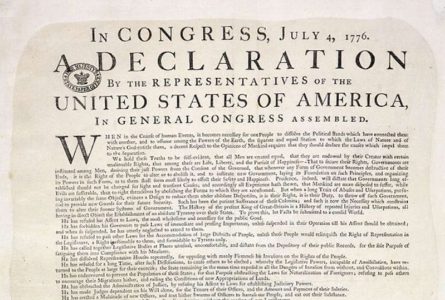
Signed in 1776, the Declaration merely marked the beginning of independence efforts. British rule officially ended in 1783 with the Treaty of Paris. The Revolutionary Conflict dragged on for years and tested the resolve of the Continental Army. Victory took more than a signature—it demanded sacrifices.
George Washington Chopped Down a Cherry Tree
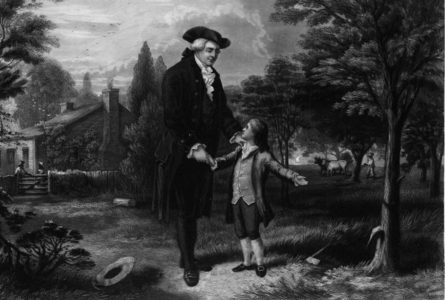
This charming tale, taught in schools, was a fabrication by biographer Mason Locke Weems. The goal? To paint Washington as morally flawless. Actual records emphasize Washington’s leadership over his personal anecdotes. Sometimes, legends say more about admiration than truth.
Forced Labor Only Existed in the Southern States
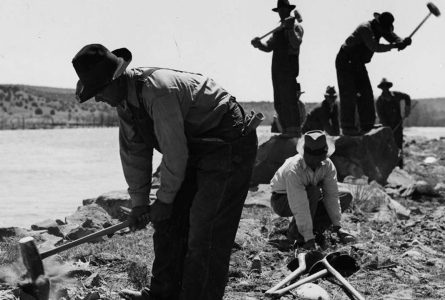
Though often linked to the South, forced labor was practiced in Northern states like New York and Massachusetts until the early 19th century. Enslaved people built infrastructure and worked in homes across the colonies. Gradual abolition laws in the North masked the uncomfortable truth.
The Civil Conflict Was Only About States’ Rights
The Civil Conflict erupted over the economic and moral implications of involuntary servitude. Southern leaders explicitly stated secession was to protect slavery. States’ rights were often used as a defense mechanism, but the conflict’s core revolved around human freedom versus systemic injustice. The records make it clear.
The Wild West Was Lawless and Violent
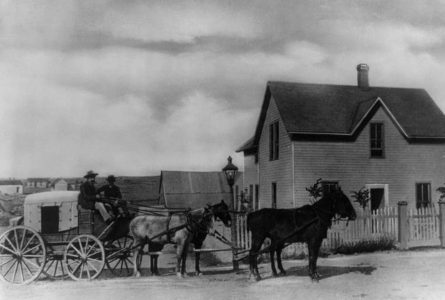
Surprisingly, unlawful activities in towns like Dodge City were lower than in some modern cities. Strict local law enforcement and community rules maintained order. Hollywood exaggerated cowboy battles and anarchy to sell tickets. While conflict existed, it was far less rampant than it is portrayed.
The Statue of Liberty Was Always Green
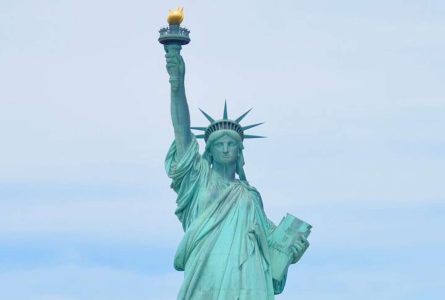
When gifted by France in 1886, the Statue of Liberty gleamed with a copper finish. Over decades, oxidation turned its iconic green. This chemical transformation symbolizes resilience and history. Visiting it today, you’re admiring nature’s artistry as much as human craftsmanship.
The United States Was Always a Democracy
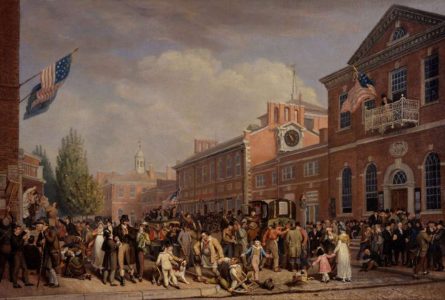
Progress took time. At its founding, the U.S. only allowed white, land-owning men to vote. Democracy gradually evolved through amendments and social movements, expanding rights to women and minorities. The country began as an elite republic and transformed into a more inclusive democracy over centuries.
The American Revolution Was Universally Supported
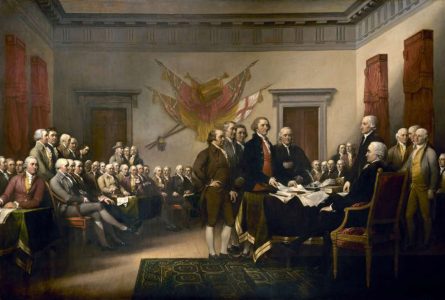
Loyalists, roughly 20% of colonists, actively opposed the Revolution, while others remained neutral. Families and communities were often bitterly divided over allegiance. This internal conflict added layers of complexity to the fight for independence. Not everyone was cheering for freedom back then.
